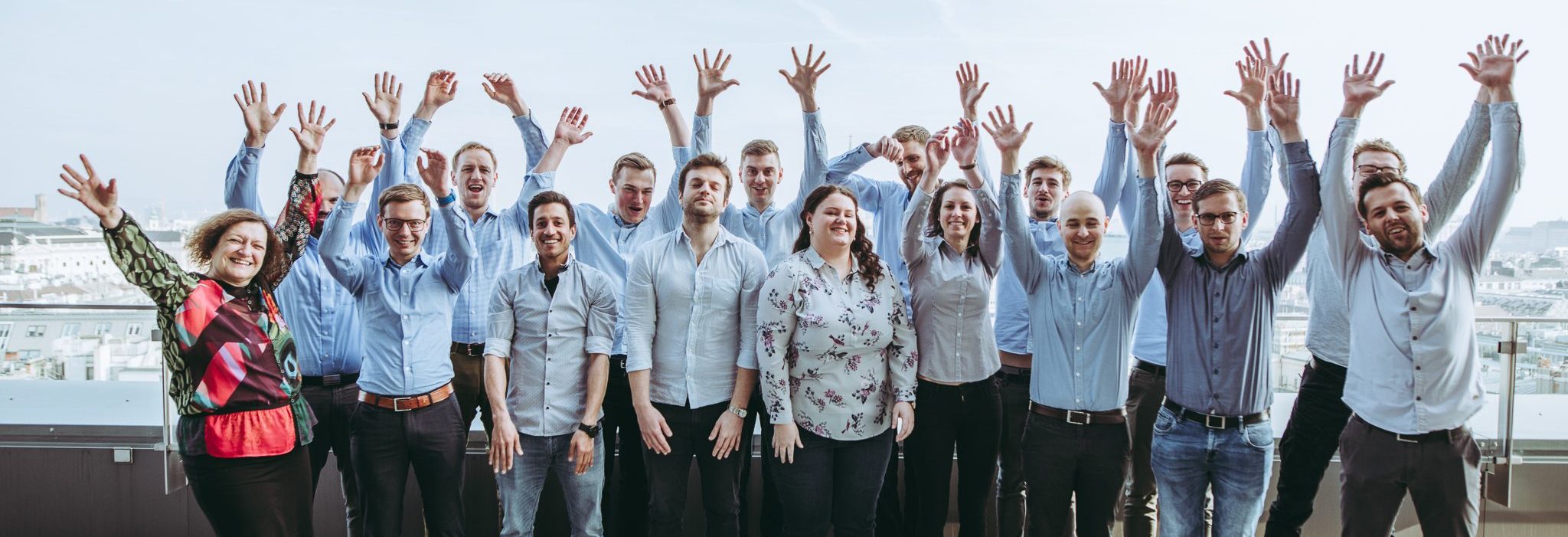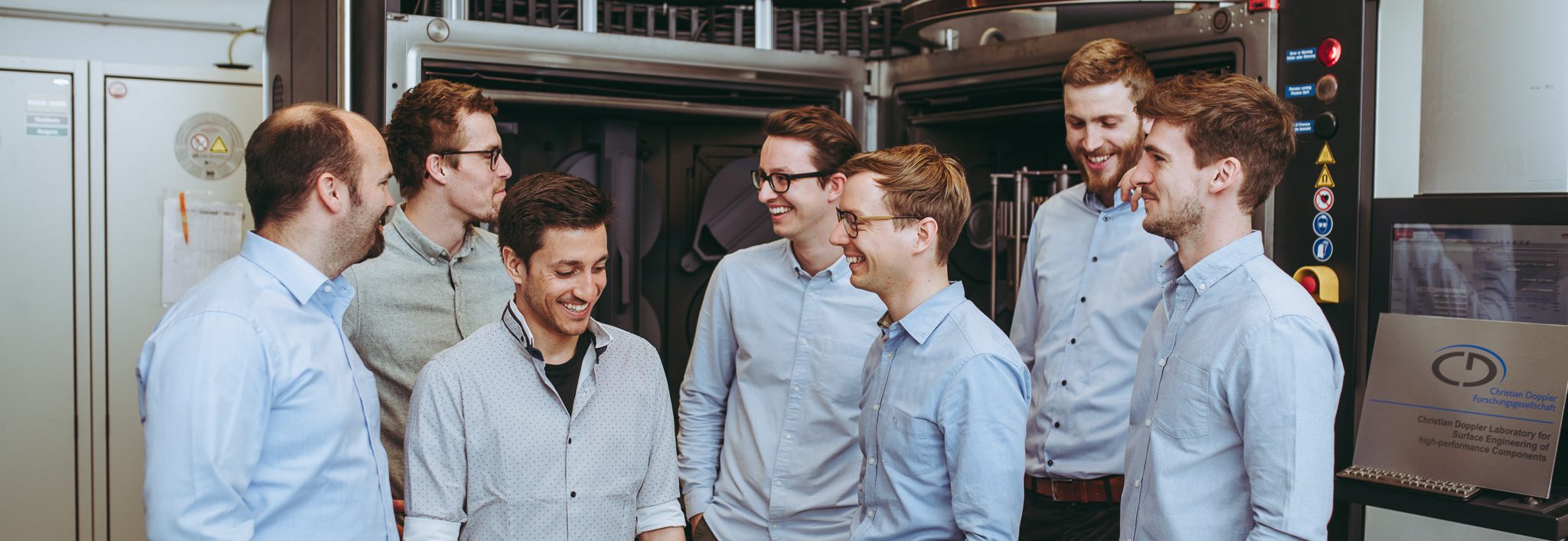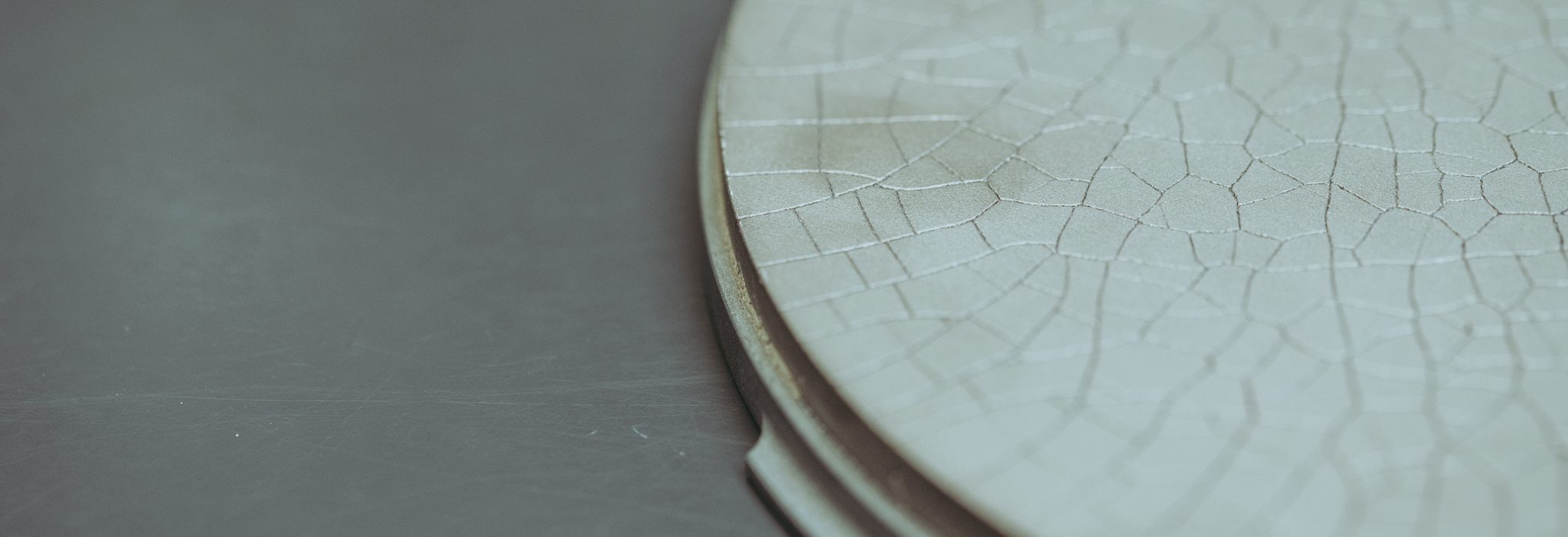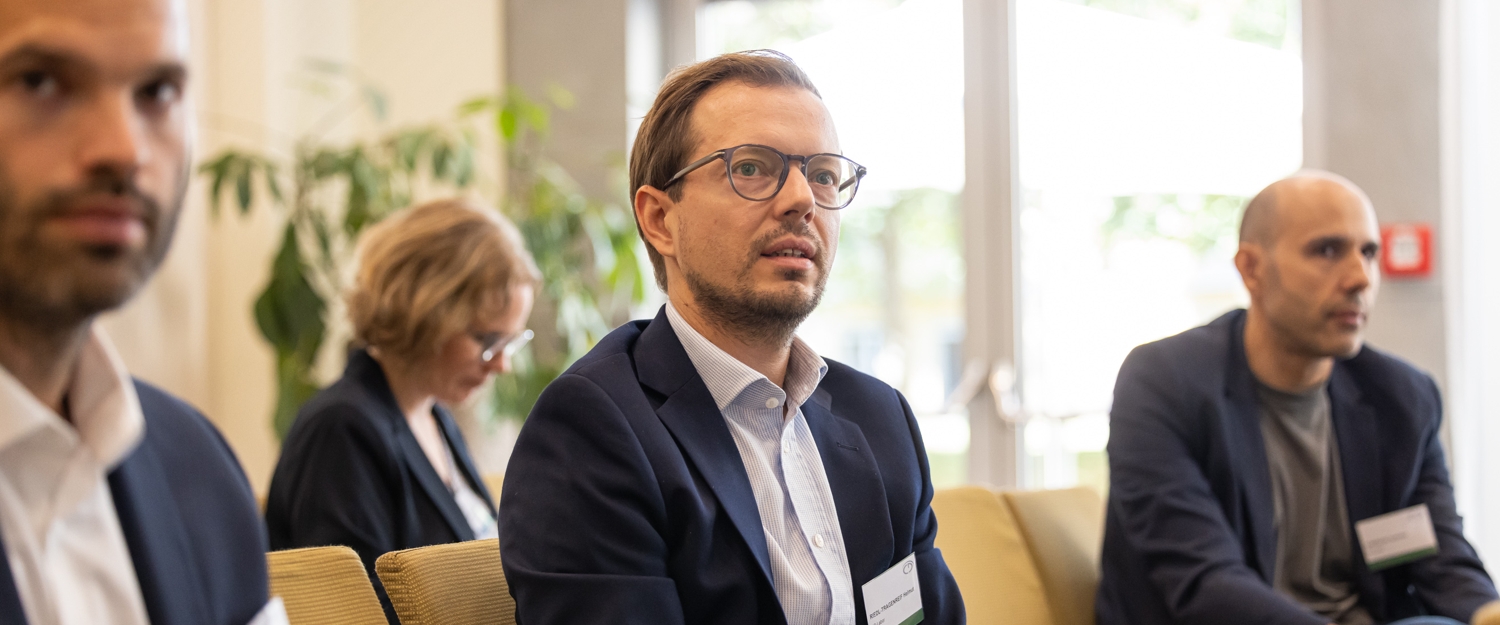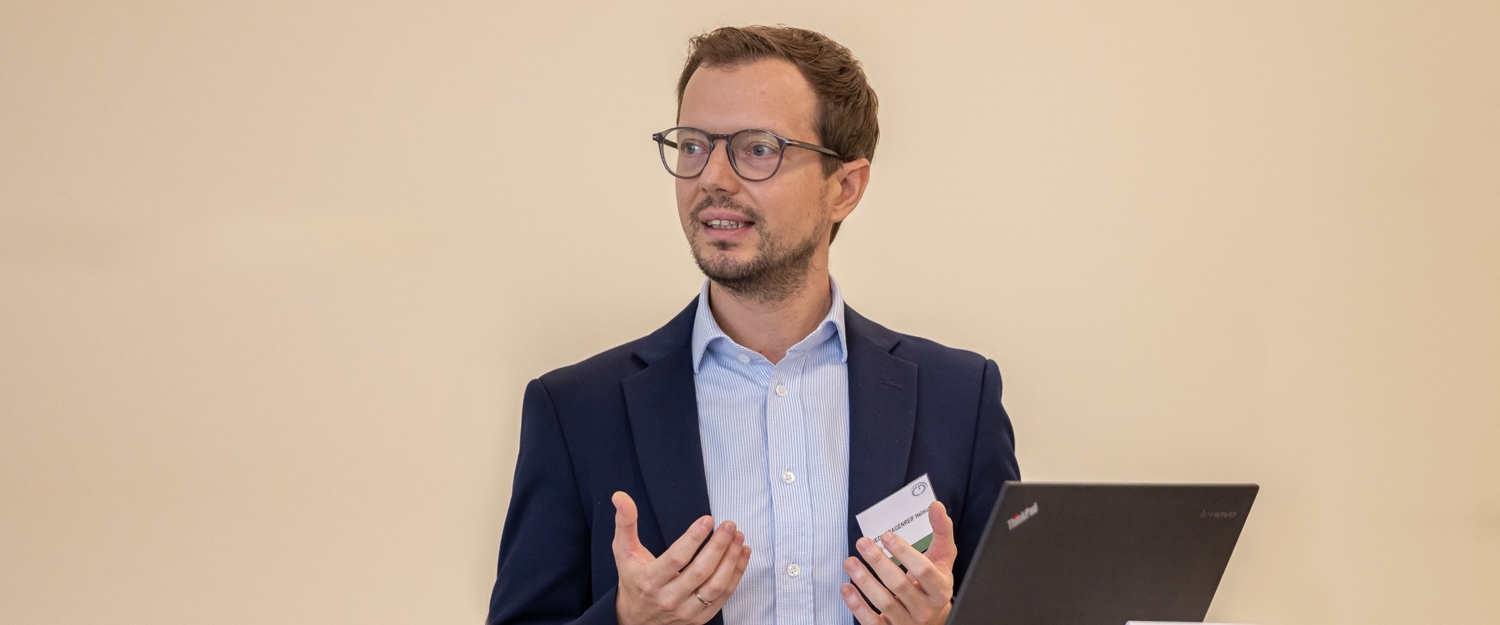Publications
Fatigue failure through sustained loading of ductile materials manifests in irreversible motion of dislocations, followed by crack initiation and growth. This contrasts with the mechanisms associated with brittle ceramics, such as nanostructured physical vapor deposited thin films, where inhibited dislocation mobility typically leads to interface-controlled damage. Hence, understanding the fatigue response of thin films from a fundamental viewpoint – including altered atomic bonds, crystal structures, and deformation mechanisms – holds the key to improved durability of coated engineering components. Here, a novel method utilizing quasi-static and cyclic-bending of pre-notched, unstrained microcantilever beams coupled with in situ synchrotron X-ray diffraction is presented to study the fracture toughness and fatigue properties of thin films under various loading conditions. Investigating a model system of sputter-deposited Cr and Cr-based ceramic compounds (CrN, CrB2, and Cr2O3) demonstrates that the fatigue resistance of such thin films is limited by the inherent fracture toughness. In fact, cantilever cycling close to the critical stress intensity is sustained up to 107 load cycles on all materials, without inducing noticeable material damage, structural or stress-state changes. The observed variation in fracture toughness is put into context with linear-elastic fracture theory and complementary micro-pillar compression, thereby elucidating the wide range of values from as low as 1.6±0.2 MPa√m for Cr1.79O3 up to 4.3±0.3 MPa√m for Cr1.03B2, respectively. Moreover, possible mechanisms governing the elastic-plastic deformation response of all coatings, both in quasi-static and cyclic-loading conditions, are discussed. Our findings contribute key-insights into the underlying mechanisms dictating the damage tolerance of PVD coated components by relating fatigue strength limits to fundamental material properties.
Authors
L. Zauner, R. Hahn, E. Aschauer, T. Wojcik, A. Davydok, O. Hunold, P. Polcik, H. Riedl
Journal
Acta Materialia
